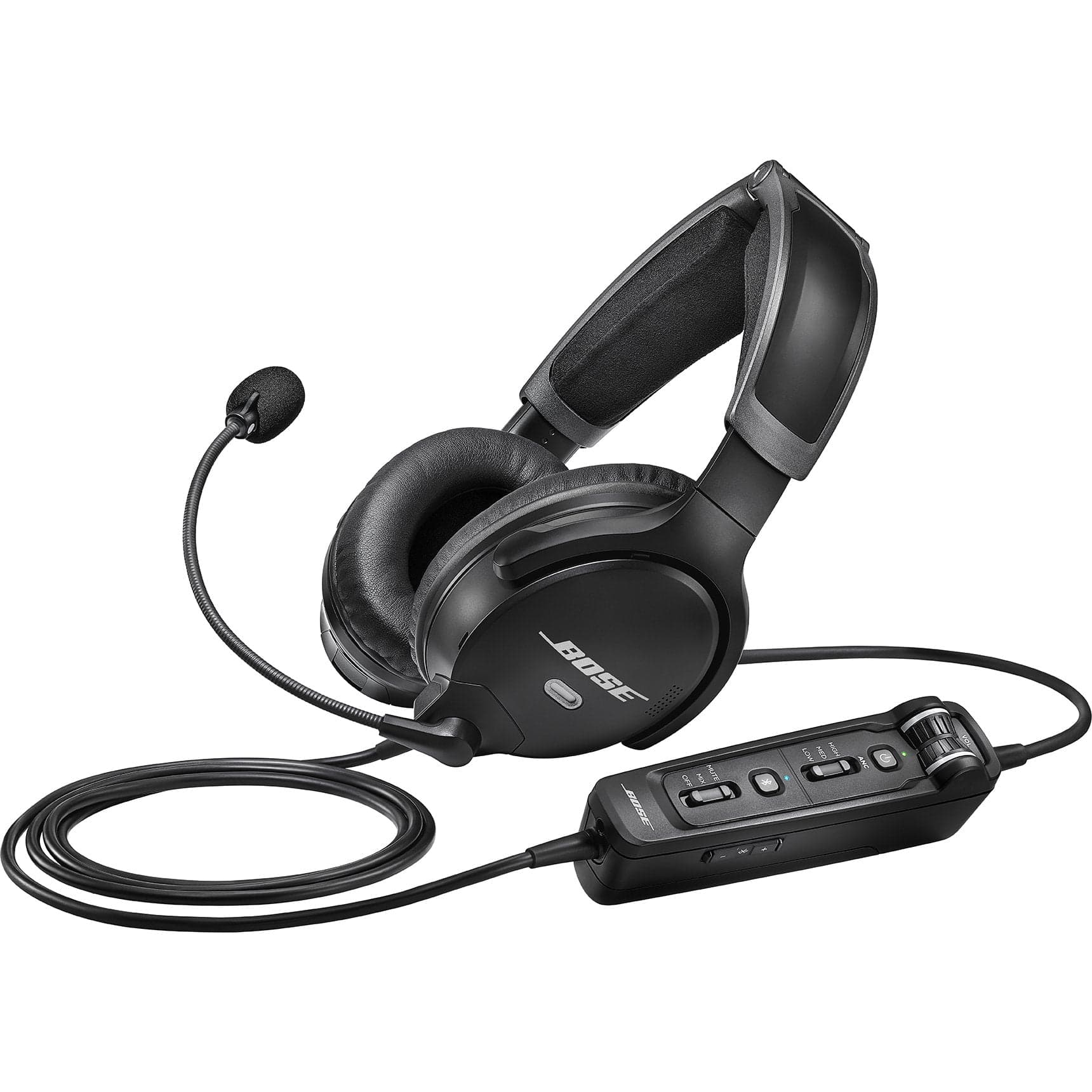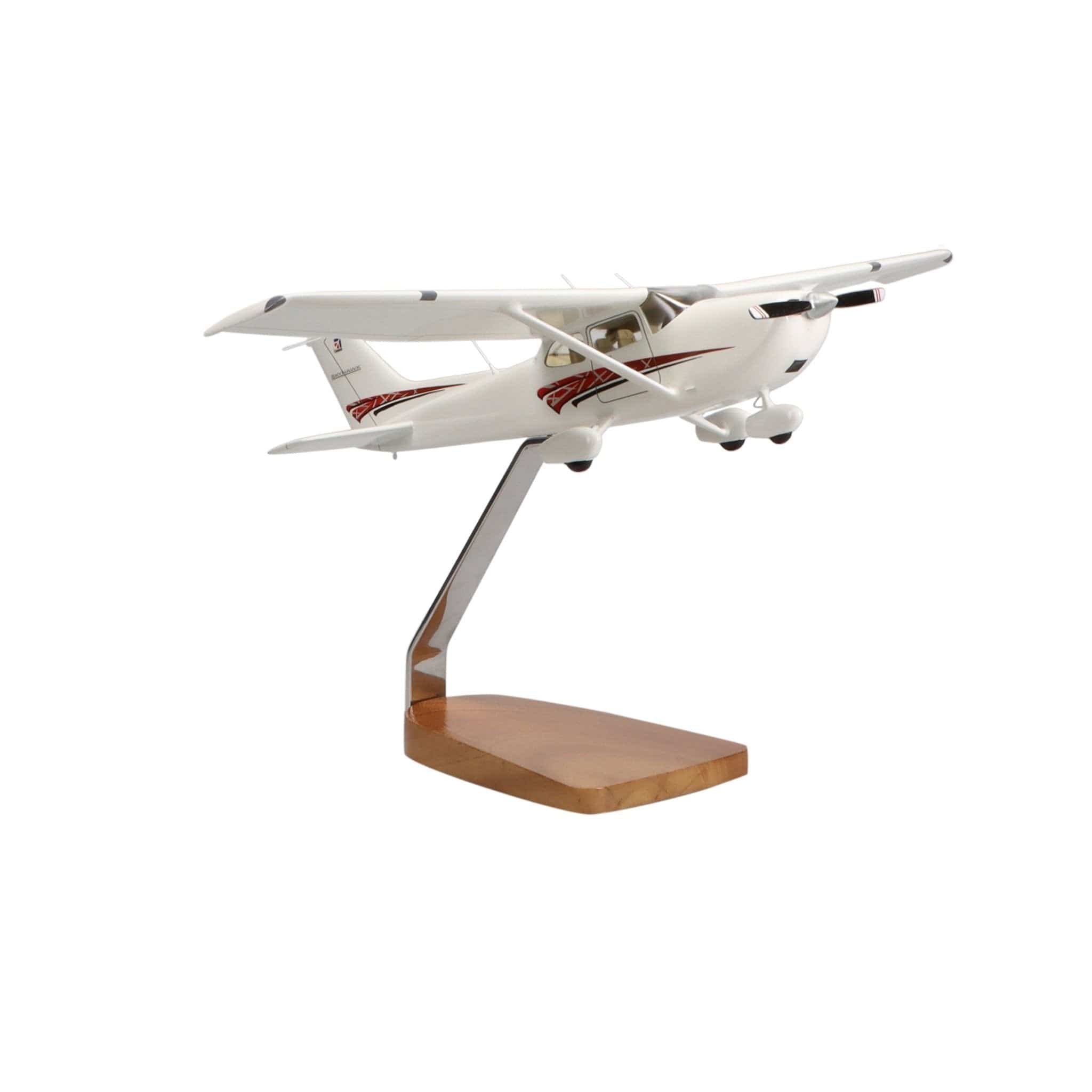Update 2023: Since the publication of our article, there have been some notable developments in the turboprop and jet aircraft market. The ongoing debate between pilots regarding the choice of turboprop versus jet engines remains, with differing preferences and considerations.
Ultimately, which plane you choose depends on the kind of flight you're planning to take.
Some pilots staunchly prefer one type of aircraft while others see the advantages and disadvantages of each. These pilots have come to believe that the best aircraft is the one that is properly suited for the type of flight you are planning to take.
How do you know which option is best for you? Let’s look at the top 3 advantages and disadvantages of turboprops and jets, then talk about what flights each type of aircraft is optimized for.

Turboprop Advantages
1. More efficient & more cost-effective for short distances
A turboprop engine is more lightweight than a jet, giving it better performance during takeoff. It runs more efficiently while providing a higher power output per unit of weight than a jet. Expect optimum fuel efficiency when flying at low altitudes (ideally below 25,000 feet).
2. Able to take off and land on shorter and non-concrete runways
If your travel plans include destinations with shorter, less highly improved runways, a turboprop has a clear advantage over a jet. Turboprops can land on runways as short as 3,200 feet compared to an average jet minimum of 5,000 feet. Turboprops can also handle the grass airfields that jets must avoid. This means that with a turboprop, you can get into some of the most hard-to-reach airports.
3. Lower charter, insurance, operation and maintenance costs
The overall cost of a turboprop is lower than a jet both for chartering and for owning. Fewer moving parts in a turboprop engine make it more reliable and less likely to require extensive maintenance. Since turboprops burn less fuel per hour than jets, their hourly operation cost is lower.

Turboprop Disadvantages
1. Slower cruising speed
Since turboprops have a slower maximum efficient cruising speed – up to an average of 300 knots indicated airspeed (KIAS) depending on the aircraft – expect your overall flight time to be longer than it would be with a jet. Although the hourly cost of a turboprop is lower, since the slower speed makes the flight time longer, at some point with a longer distance flight, the cost savings will be offset.
2. Lower cruising altitude
Turboprops typically have an altitude ceiling of 25,000-30,000 feet. If you run into turbulence or inclement weather conditions at this altitude, a turboprop won’t be able to avoid them by climbing to a higher altitude like a jet can. This may make for a bumpy and uncomfortable ride.
3. Shorter range
Turboprops’ slower cruising speed and lower cruising altitude equates to shorter range even factoring in improved efficiency. This means that while turboprops are great for short and mid-range flights, they are not designed for long-distance travel. Expect an average range of around 1,000-1,300 miles.

Jet Advantages
1. Capable of cruising at higher altitudes
The average light jet will cruise at an altitude of 41,000 feet and is capable of a maximum altitude of 45,000 feet. This is substantially higher than the turboprop’s 30,000-foot ceiling and can mean the difference between a smooth, comfortable flight and a flight marred by repeated patches of turbulence.
2. Faster and quieter
Expect to arrive at your destination faster in a jet than you would in a turboprop. Light jets have average cruising speeds of between 370 and 450 knots. The jet engine design also provides a quieter cabin than a turboprop.
3. Longer range
Thanks to their faster cruising speeds and ability to fly at higher altitudes where their efficiency is improved, light jets are capable of an extended range from 1,600 to over 2,000 miles. This makes them the aircraft of choice for mid-to-long-range flights.

Jet Disadvantages
1. Less efficient & less cost-effective for short distances
Jets are at their most efficient when operating at faster speeds and higher altitudes. During takeoff, at slower speeds, and at lower altitudes, turboprops are more efficient. This means that for short flights with less time spent at cruising altitude, a jet will be less efficient and will cost more per hour than a turboprop.
2. Require longer, concrete runways
Jets may do well with flying into standard airports, but if you want to explore a more remote area with a short runway or unimproved grass airstrip, you will be out of luck with a jet. On average, jets need a paved runway at least 5,000 feet long. By contrast, many turboprops can land on a 3,200-foot grass stip.
3. More expensive to charter, insure and maintain
In 2016, the Aircraft Owners and Pilots Association (AOPA) published a detailed breakdown of hourly operating costs for both jets and turboprops. Across the board, the jet aircrafts were consistently more costly than the turboprops. The additional moving parts and relative complexity of a jet engine vs a turboprop make maintenance costs higher as well.

Speed and Fuel Burn
The differences between a jet engine and a turboprop engine in terms of speed and fuel consumption can depend on various factors, such as the particular aircraft make and model, its design, and the environmental conditions.
Speed
Typically, jets are faster than turboprops: jet engines produce thrust by expelling a powerful stream of exhaust gases that makes it possible to attain higher speeds; commercial jetliners may reach velocities between 500-600 knots (575-690 mph) or even beyond Mach 1. On the other hand, turboprop engines are generally created to achieve lower speeds–commonly seen in regional airliners and smaller aircrafts–which usually range from 200-400 knots (230-460 mph).
Fuel Burn
In terms of fuel burn rate, jets tend to be more inefficient than turboprops. Jet engines are designed for high performance and velocity, causing them to consume more fuel; although the exact amount will depend on several factors like the model, weight, size of the plane, and its path through the sky. Comparatively, turboprops are usually more economical at lower altitudes and speeds; thus they're often employed for shorter regional trips due to their fuel efficiency.
That said, these are general trends; certain models, technologies or configurations can influence both jet and turboprop engines' speed and fuel consumption features.
Turboprop vs Jet – Which should I choose?
Armed with knowledge of the pros and cons of both turboprops and jets, we can understand why experienced pilots see a purpose for each type of aircraft.
Let’s wrap up with an overview of the specific types of flights that each aircraft is best designed for.
What type of flights is a turboprop best for?
- Short to mid-range flights
- Flights that require landing on a short and/or grass strip runway
- Flights that are as inexpensive as possible
What type of flights is a jet best for?
- Mid-to-long-range flights
- Flights for which the shortest possible flight time is preferred
- Flights for which reduced cabin noise and turbulence are primary concerns
Want to know more about jet engines?
Our guides are designed to help student pilots become professional pilots and for private pilots to brush up on their knowledge and skills.

|
ASA Turbine Pilot's Flight Manual, 4th EditionProviding basic knowledge essential for all pilots, from beginning students through to the advanced certificates, this Federal Aviation Administration (FAA) publication introduces readers to the broad spectrum of knowledge required as they progress through pilot training. |








